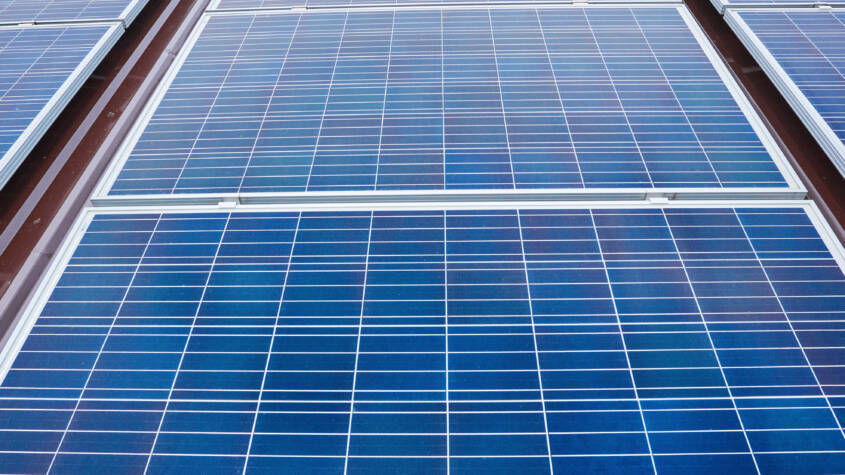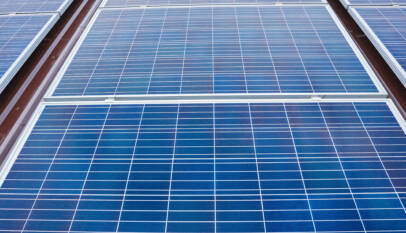
serving both as a protective exterior layer and an energy generator. It combines the functions of traditional cladding with solar technology, allowing buildings to produce electricity without needing separate mounting structures.
This approach makes use of specialized materials that protect the building from weather while capturing sunlight efficiently. It addresses space limitations on rooftops by turning walls and other surfaces into energy-producing areas.
Understanding solar panel cladding helps property owners and developers explore innovative ways to improve energy efficiency and reduce reliance on conventional power sources. Its design flexibility and dual purpose make it an important topic in modern construction and green energy discussions.
Understanding Solar Panel Cladding
Solar panel cladding involves materials and designs that protect and enhance solar panels while often contributing to building exteriors. It addresses durability, energy efficiency, and integration with architectural elements.
Definition and Core Concepts
Solar panel cladding refers to the application of protective and functional layers on solar panels or building facades equipped with solar technology. It combines photovoltaic capabilities with structural or aesthetic components.
The cladding serves multiple purposes: weatherproofing, mechanical protection, and sometimes thermal regulation. It can be part of building-integrated photovoltaics (BIPV), where the cladding replaces conventional facades, blending energy generation into the structure.
Key concepts include durability under environmental stress, light transmission for energy capture, and compatibility with building materials. Proper cladding enhances panel lifespan and optimizes energy output.
Types of Solar Panel Cladding
Common types of cladding include glass, metal, and composite materials. Glass cladding is popular for its transparency, durability, and ability to protect solar cells without significant energy loss.
Metal cladding, such as aluminum or steel, offers robust mechanical protection and can improve heat dissipation but may reduce light exposure if not designed carefully. Composite panels combine polymers with other materials to balance flexibility and strength.
Some claddings integrate additional features like anti-reflective coatings, self-cleaning surfaces, or thermal insulation. Each type is selected based on climate, building design, and energy goals.
Key Technologies Involved
Technologies in solar panel cladding focus on materials science and manufacturing processes. Transparent conductive oxides (TCOs) are used to maintain electrical conductivity while allowing light through protective layers.
Encapsulation technologies seal the solar cells, preventing moisture ingress and mechanical damage. Advances in polymer chemistry enable coatings that resist UV degradation and support thermal management.
Innovations also include textured surfaces to increase light absorption and nanomaterials to improve durability. Manufacturing methods like lamination and vacuum deposition ensure precise layering and strong adhesion.
Applications and Benefits
Solar panel cladding integrates photovoltaic technology with building exteriors, offering practical uses and measurable benefits. It serves various sectors and improves energy use while reducing environmental footprint.
Residential and Commercial Use Cases
Solar panel cladding is versatile for both residential homes and commercial buildings. In residences, it can be integrated into roofs, façades, or balcony railings, providing clean energy without requiring extra land. For commercial properties, large surface areas of walls and roofs offer ample space for cladding installation, helping businesses lower energy costs and meet sustainability targets.
Buildings with solar panel cladding can maintain aesthetic appeal while generating energy. It is particularly useful in urban environments where rooftop space is limited but vertical surfaces are abundant, optimizing energy generation capacity.
Energy Efficiency Advantages
Solar panel cladding improves a building’s energy efficiency by converting sunlight directly into electricity on multiple surfaces. This reduces reliance on external power sources and decreases electricity bills. The panels also provide additional insulation, helping to regulate indoor temperatures and lessen heating or cooling demand.
Energy output varies with material choice and installation angle, but cladding systems often show high durability and efficiency over time. Maintenance requirements are generally low, contributing to long-term cost savings.
Environmental Impact
Using solar panel cladding reduces greenhouse gas emissions by generating renewable energy onsite. It lowers a building’s carbon footprint by replacing fossil fuel electricity with solar power. The production and installation phases have environmental costs, but over its lifespan, solar cladding delivers a net reduction in environmental harm.
Additionally, it supports sustainable building practices and can contribute to green certification standards. Recyclable materials are increasingly used in panel manufacture, enhancing the sustainability profile.
The Role of Chassis Design in Ride Stability and Comfort
A chassis is one of the most important, yet neglected, factors when you are behind the whe…





